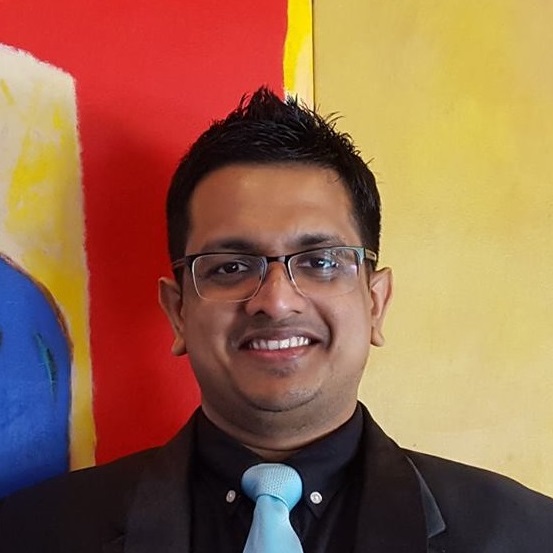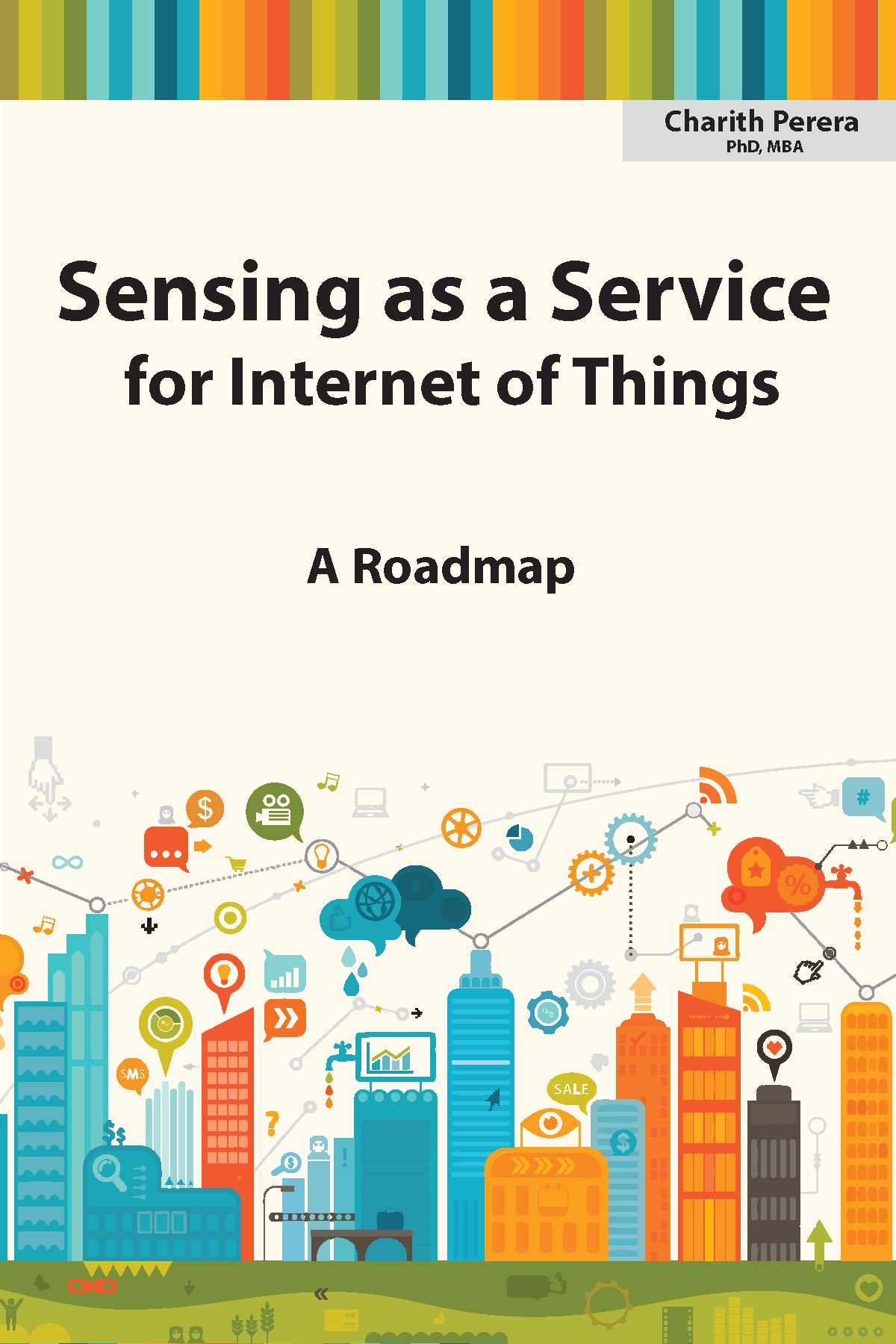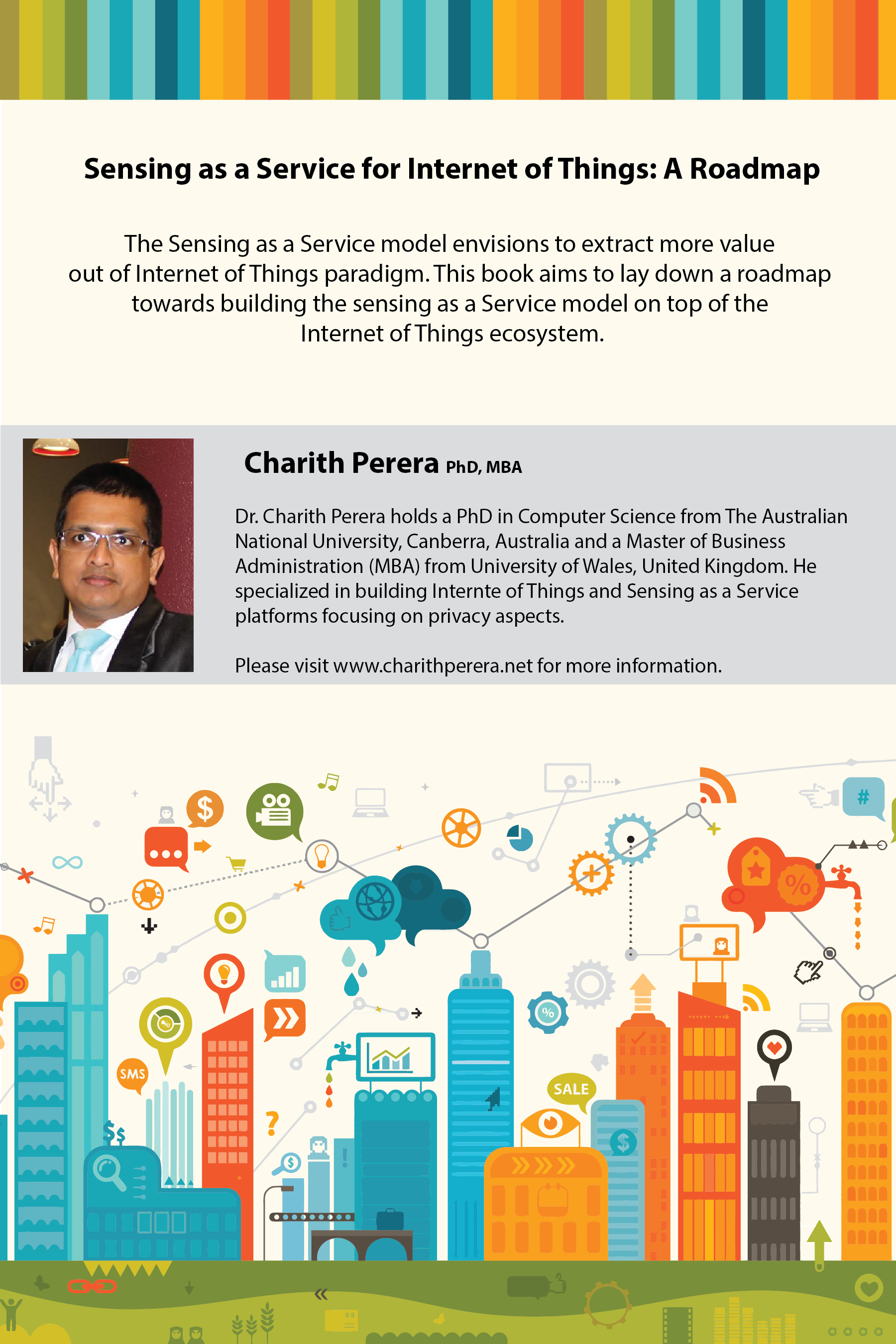Sensing as a Service (S2aaS)
Over the past few years, a large number of IoT solutions have come to the IoT marketplace. Typically, each solution, is designed to perform a single or minimal number of tasks (primary usage). For example, a smart sprinkler may only be activated if the soil moisture falls below a certain level in a garden. Further, smart plugs allow users to control electronic appliances (including legacy appliances) remotely or create automated schedules. Such automation not only brings convenience to users but also reduces resource wastage (e.g. through efficient planning and predictions). The data collected by each of these solutions are used by them and stored in access controlled silos. After the primary usage, data are either thrown away or locked down in independent data silos. There is a significant amount of knowledge hidden in these silos that can be used to improve our lives (including behaviours, habits, and life patterns) and reduce wastage through efficient resource consumption. To discover such knowledge, it is essential to analyse data stuck in independent silos together on a large scale.
This project aims to address this challenge. The Sensing as a Service (S2aaS) model promotes data exchange (i.e. trading) between data owners and data consumers. Imagine a world where data owners (who own IoT solutions) get rewarded (e.g. money, loyalty points, gifts, vouchers, bitcoin, actionable advice, etc.) for sharing (i.e. trading) their personal data (collected by IoT products). From the other end, companies (i.e. data consumers) get to understand their customers (i.e. data owners) better. As a result, companies will be able to optimize their business operations by saving costs and create new products and services to fit individual customer needs. Data consumers may recover their data acquisition costs through business process optimization and increased customer (i.e. data owners) satisfaction. Data consumers can be government or not-for-profits as well.
Book
Team












Outcomes




























